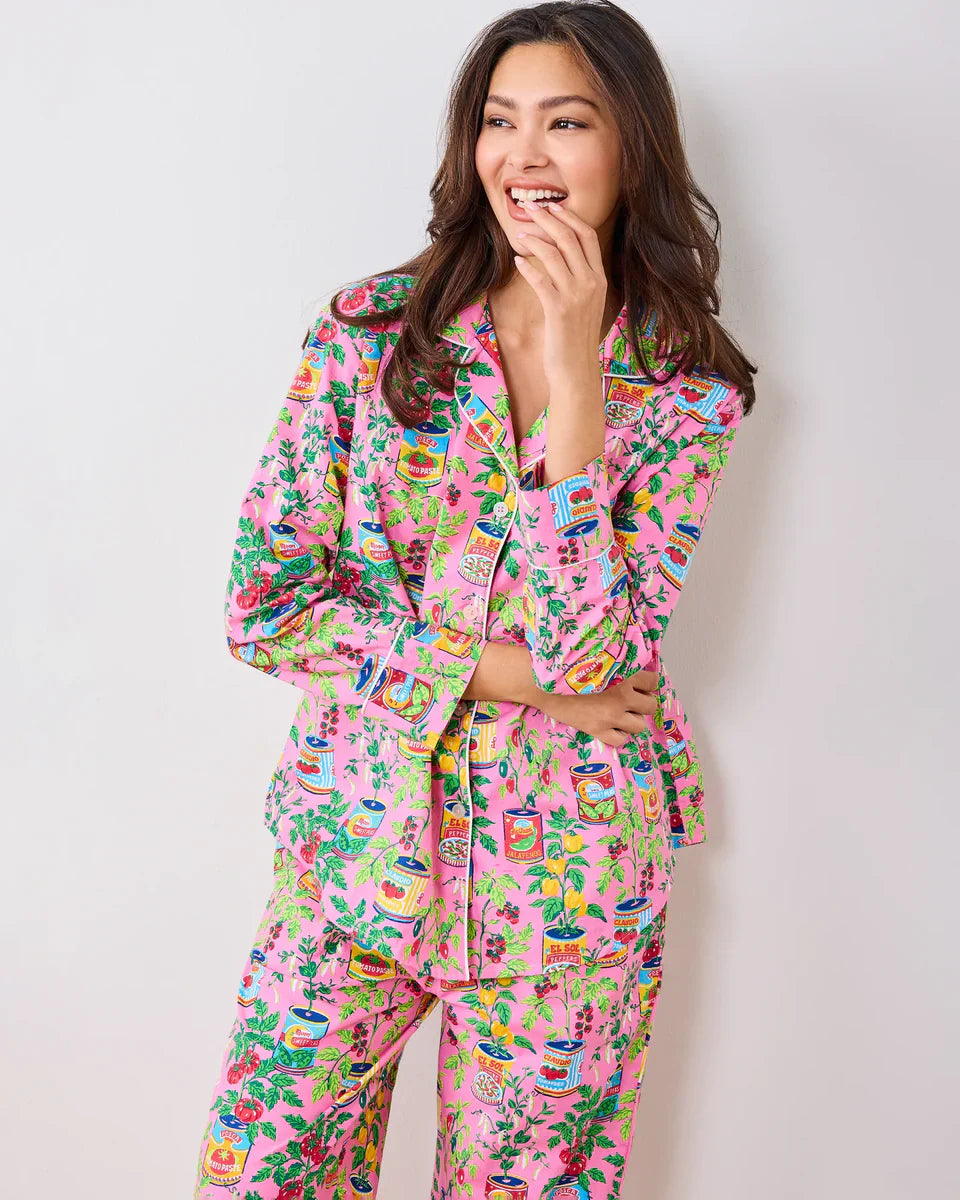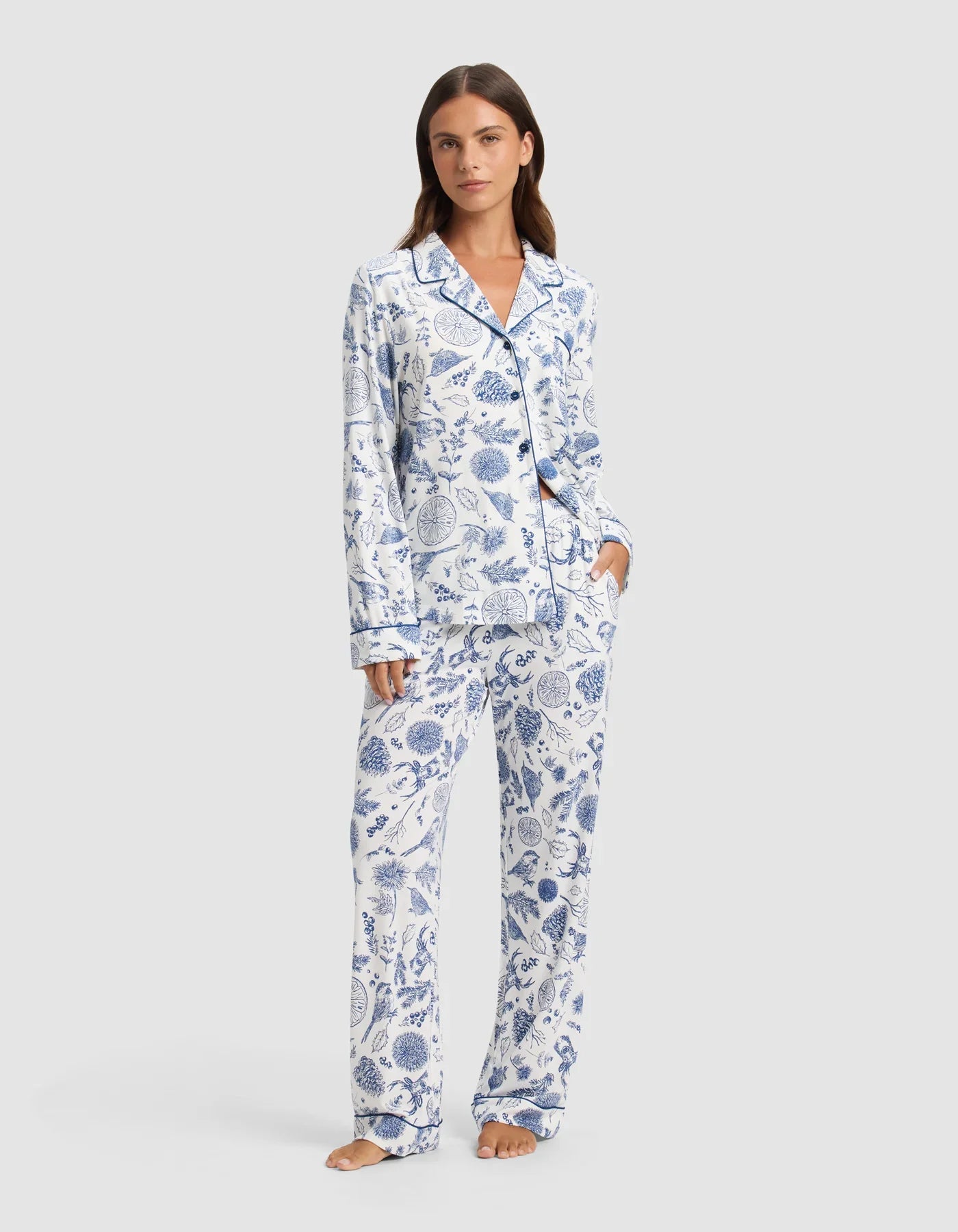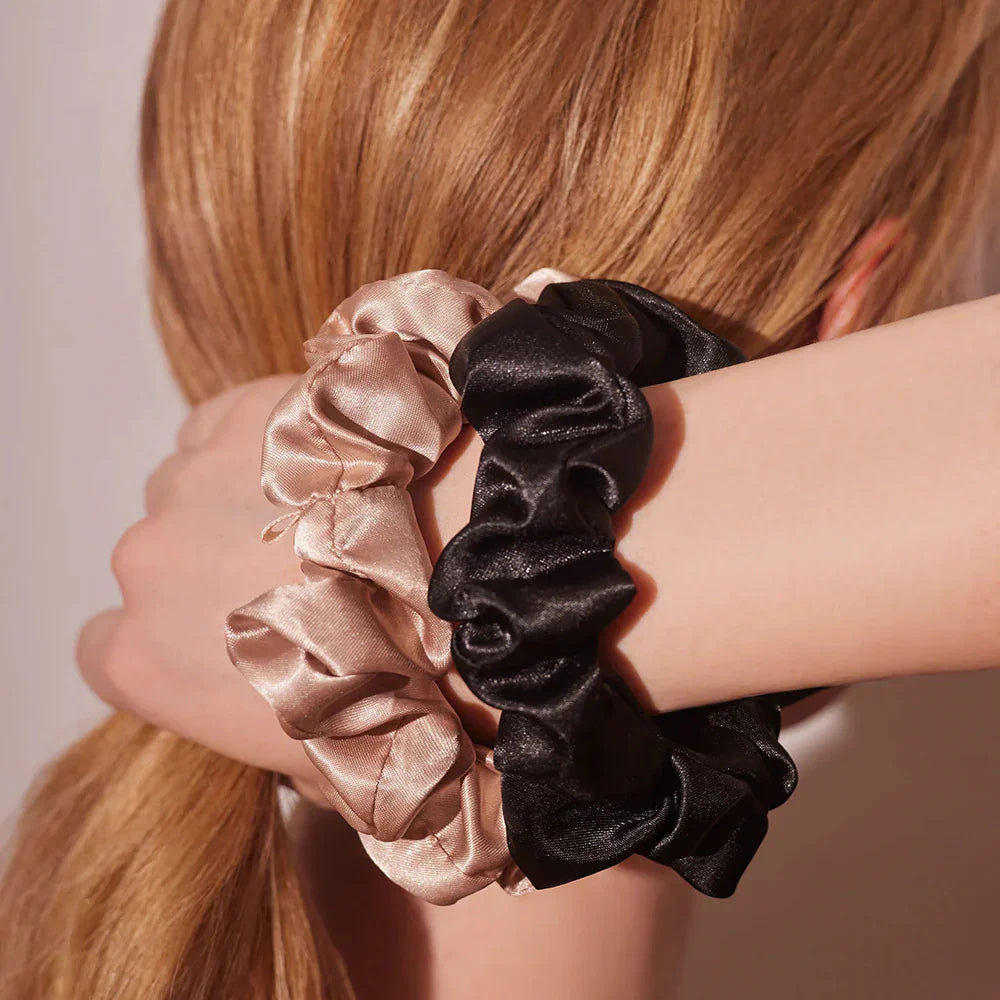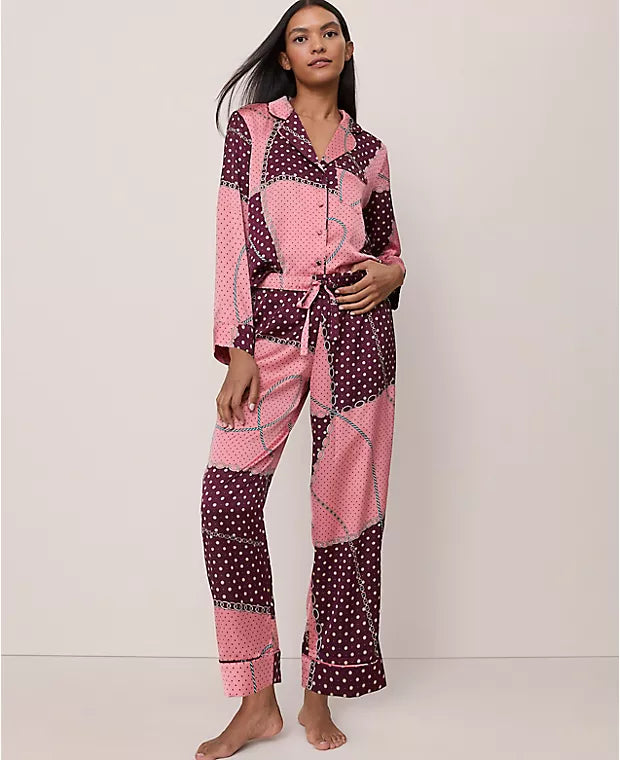Tencel Fibre Properties: Guide to Lyocell and Modal

Tencel Fibre Properties: The Eco-Friendly Fabric Revolution
Tencel is one of the most talked about fabrics in the sustainable fashion world, loved for its softness, strength, and eco-conscious production process. Known scientifically as Tencel Lyocell, this fibre has become a favorite among clothing brands and conscious consumers for its ability to combine luxury comfort with environmental responsibility.
If you’ve ever wondered what’s Tencel material, how it’s made, or what makes it unique, this guide will walk you through everything you need to know about Tencel fibre properties and its growing impact on sustainable fashion.
What Is Tencel?
Tencel is a brand name for lyocell and modal fibers produced by the Austrian company Lenzing AG. Both Tencel Lyocell and Tencel Modal are made from sustainably sourced wood pulp, primarily from eucalyptus, beech, or birch trees.
In short, Tencel what is it made of? It’s made from natural cellulose fibers derived from wood, processed using environmentally friendly technologies that minimize water and chemical waste.
What Is the Difference Between Tencel and Lyocell?
The terms “Tencel” and “Lyocell” are often used interchangeably, but technically, Lyocell is the fiber type, while Tencel is the brand name under which Lenzing produces Lyocell fibers.
So, what is the difference between Tencel and Lyocell?
-
Tencel Lyocell is a branded form of Lyocell made using a closed-loop process that recycles over 99% of the solvent used.
-
Lyocell is the general name for this fiber type, produced by various manufacturers.
Both refer to the same type of fiber, known for its silky softness, durability, and eco-friendly origins.
Tencel Lyocell vs Tencel Modal
While both fibers fall under the Tencel family, there are subtle differences between Tencel Lyocell vs Tencel Modal:
| Property | Tencel Lyocell | Tencel Modal |
|---|---|---|
| Source Material | Eucalyptus wood pulp | Beechwood pulp |
| Texture | Smooth, slightly firm drape | Softer, more flexible |
| Breathability | Highly breathable | Very soft and absorbent |
| Best Use | Structured garments like shirts, pants, and bedding | Stretchy clothing like loungewear and underwear |
Both fibers share key Tencel fibre properties, such as moisture absorption, softness, and biodegradability, but Tencel Modal tends to be even softer and more elastic.
What Is Lyocell Linen?
If you’ve seen fabrics labeled lyocell linen, they’re usually blends of natural linen fibers and lyocell. The result is a fabric that combines the crisp texture of linen with the silky softness of Tencel.
What is lyocell linen?
It’s a lightweight, breathable, and wrinkle-resistant fabric perfect for warm-weather clothing and bedding. It offers the comfort of linen with the smoothness and strength of Tencel.
What Is Tencel Fabric Made Out Of?
If you’re wondering what is Tencel fabric made out of, it’s derived from wood pulp through a closed-loop manufacturing process. This process uses a non-toxic solvent (NMMO) to dissolve cellulose, which is then spun into strong, silky fibers.
This method ensures that nearly all the solvent and water used are recycled, making Tencel eco friendly and sustainable compared to traditional fabrics like cotton or polyester.
Tencel Yarn and Its Strength
What is Tencel yarn made of? It’s made from the same regenerated cellulose fibers as Tencel fabric, spun into a strong, smooth yarn. Tencel yarn has excellent strength, a subtle sheen, and a soft hand feel, making it ideal for knitwear, weaving, and home textiles.
Is Tencel Environmentally Friendly?
Yes, absolutely. Is Tencel environmentally friendly? and is Tencel good for the environment? The answer is a resounding yes.
Here’s why:
-
Closed-loop process: Over 99% of the solvent used in production is recovered and reused.
-
Sustainable sourcing: The wood comes from FSC-certified forests.
-
Low environmental impact: The production requires less water and energy than cotton.
-
Biodegradable: Both Tencel Lyocell and Tencel Modal fibers are completely compostable.
This gives Tencel a much smaller lyocell environmental impact than synthetic materials like polyester or nylon.
Does Lyocell Fabric Pill?
One common question is does lyocell fabric pill?
Tencel Lyocell is naturally resistant to pilling because of its smooth fiber surface. However, like all fabrics, low-quality blends or heavy friction can cause minor pilling over time. Proper care, gentle washing and air drying, helps maintain its smooth texture.
Key Properties of Tencel Fibers
Tencel fibers stand out for their combination of comfort, durability, and sustainability. Here are the main Tencel fibre properties:
-
Softness: Silky-smooth surface gentle on skin
-
Strength: Stronger than many other cellulosic fibers, even when wet
-
Breathability: Regulates body temperature and wicks moisture
-
Eco-friendliness: Made using low-impact, closed-loop technology
-
Biodegradability: Naturally decomposes back into the environment
Final Thoughts
Tencel has redefined what it means to wear sustainable, comfortable, and luxurious fabric. Whether you’re comparing Tencel Lyocell vs Tencel Modal, curious about what is Tencel fabric made out of, or exploring lyocell linen blends, one thing is clear, Tencel represents the future of eco-friendly textiles.
Its softness, durability, and sustainability make it one of the most versatile and responsible materials in modern fashion.


